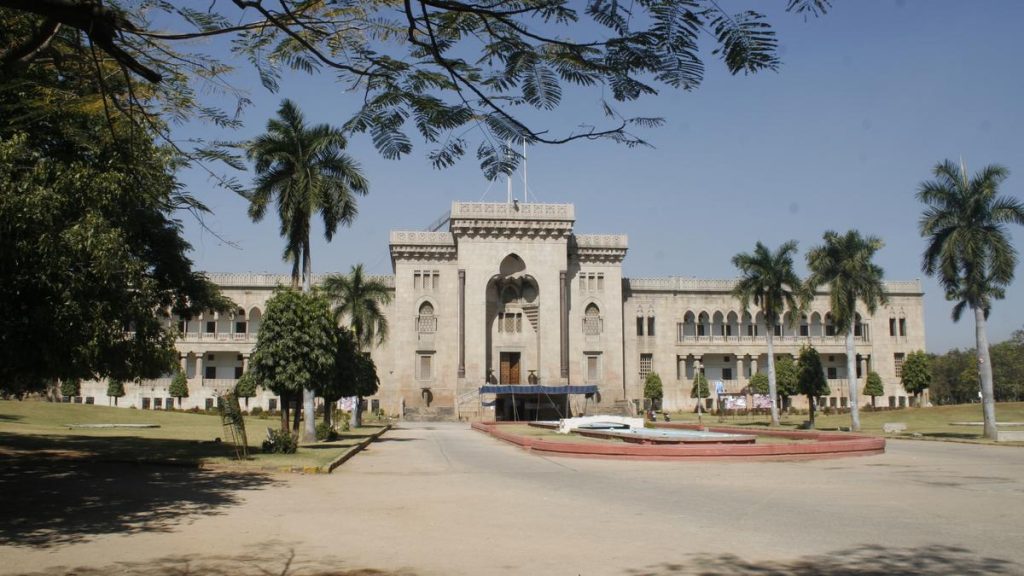Now Reading: Intel to Begin Mass Production of 18-Angstrom Chips by Late 2025
-
01
Intel to Begin Mass Production of 18-Angstrom Chips by Late 2025
Intel to Begin Mass Production of 18-Angstrom Chips by Late 2025

quick Summary
- Intel’s 18A (1.8nm) chip technology incorporates innovative features such as Backside Power Delivery (BSPDN) and RibbonFET gate-all-around transistors to improve power routing, transistor density, and switching speed.
- The macro bit density of Intel’s high-density 18A processes is reported at 38.1 Mb/mm², indicating its potential for advanced applications.
- Intel plans mass production of these chips in the second half of 2025, marking a key milestone in its broader foundry roadmap.
- Future developments include the introduction of a follow-on node called 14A with High-NA EUV lithography and further node extensions to expand applications under Intel Foundry Services.
Indian Opinion Analysis
Intel’s advancements in chip technology are critical for driving global innovation in hardware efficiency and miniaturization. India’s burgeoning semiconductor ecosystem could benefit from incorporating cutting-edge technologies like BSPDN and RibbonFET into localized manufacturing or design processes, thus enhancing competitiveness within the global supply chain. As India continues to invest heavily in semiconductor infrastructure via initiatives like “Make in India,” aligning with global leaders such as Intel-by fostering partnerships or licensing arrangements-could facilitate expertise transfer while positioning itself as a pivotal player on the technological frontier.




























